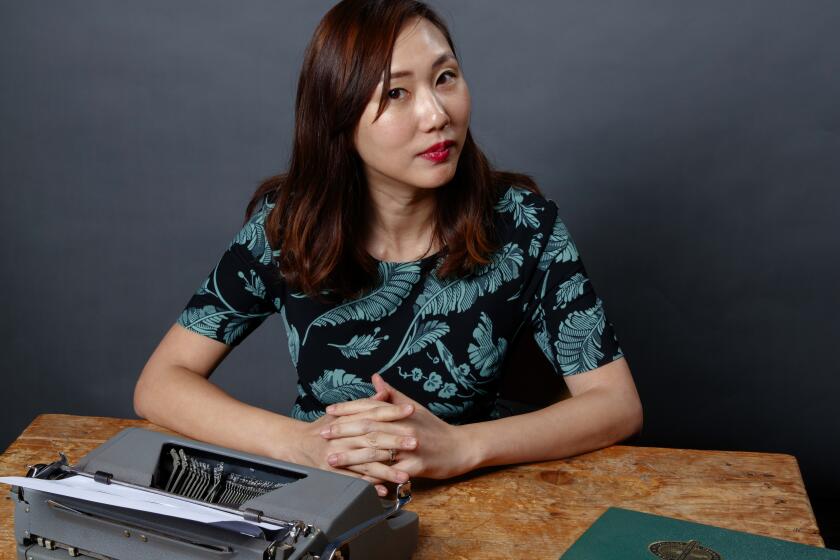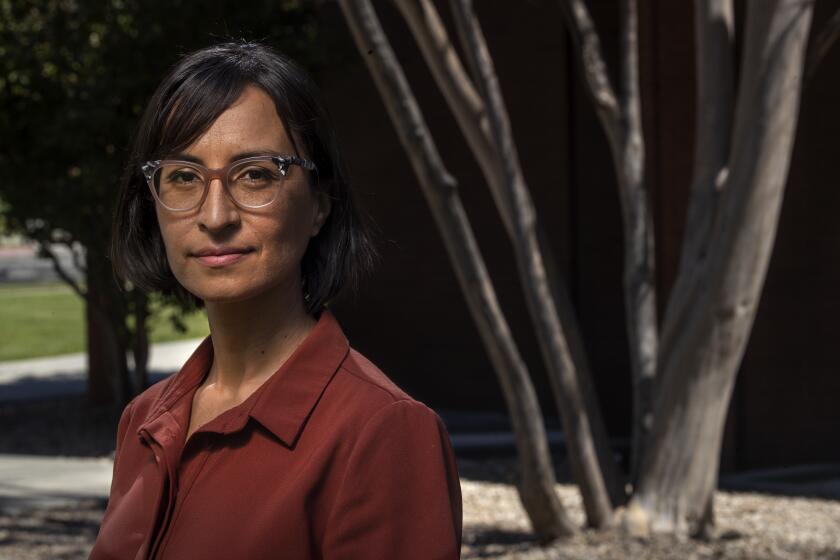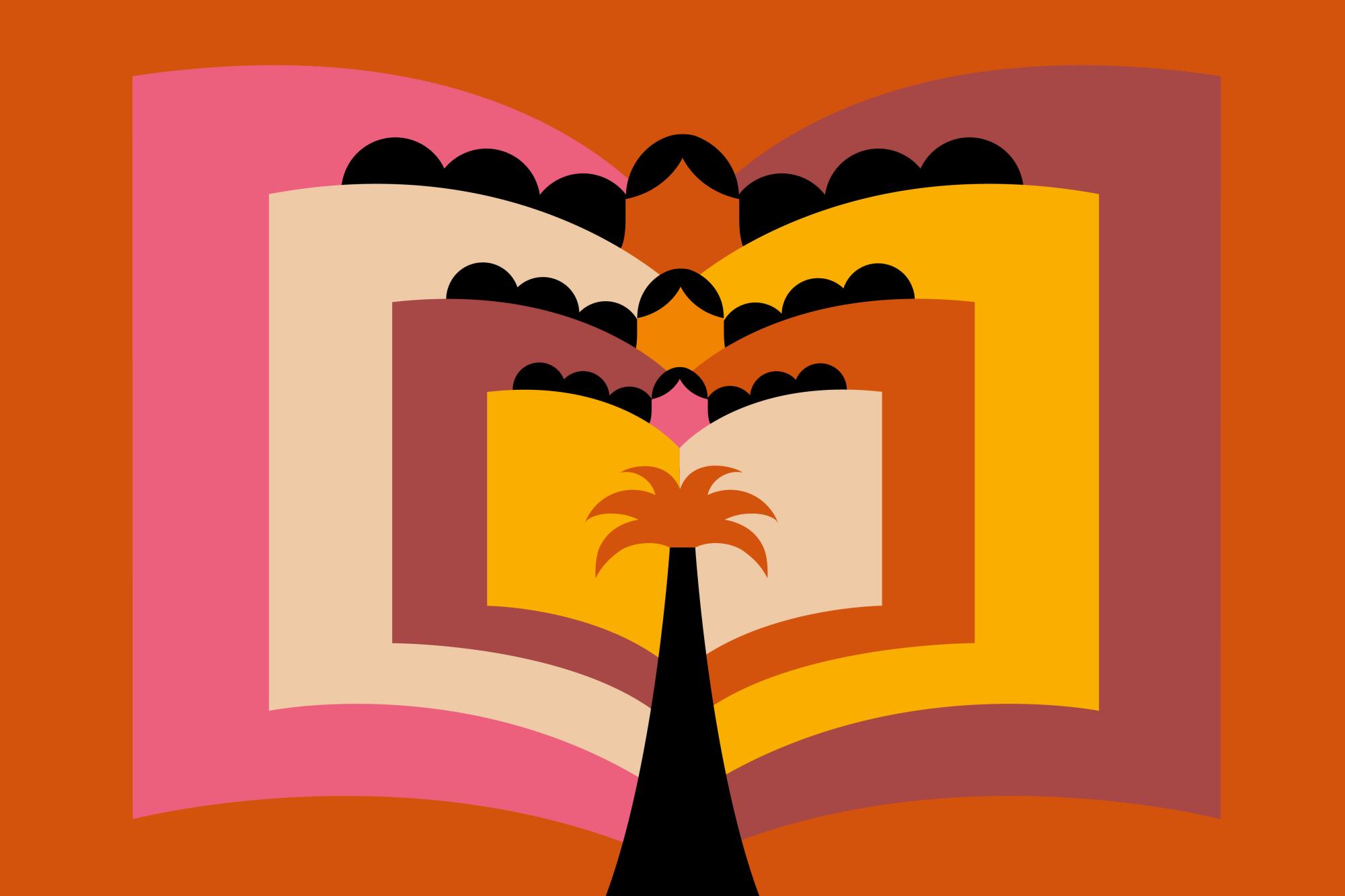
This story is part of Lit City, our comprehensive guide to the literary geography of Los Angeles.
Here’s a story I used to tell myself: I moved to Los Angeles to get away. From winter, for one thing, and the weight of history. To find a bit of freedom, or maybe distance. For me, now as then, the two amount to pretty much the same. Or better still, space — the space to stretch, the space to fail, the space to carve a passage for myself. In other words, the space to write.
I was wrong about this, as it turns out, but I was also correct. That’s the thing about Los Angeles: Everything we say about it is both true and false. City of sprawl and city of neighborhoods. City of the future and city of the past. This is particularly so when it comes to writing, which has long existed here along the edges — except, of course, when it has not. Film and poetry and fiction. Literature of exile, literature of place.
If I chose to do so, I could make a case that in the last 50 years or so, the writing of Los Angeles has shifted from a literature of exile to a literature of place. Until the middle of the century, its most visible work was crafted by outsiders from the East or Europe, bewildered by what they perceived as the otherness of Southern California, its sun and light, its palm trees. That all began to shift in the 1960s with the emergence of the Watts Writers Workshop and the magnificent presence of Wanda Coleman, who remains among the most essential writers Los Angeles has produced. To tell that story, though, I’d have to smooth too many edges, to overlook too much narrative complexity.
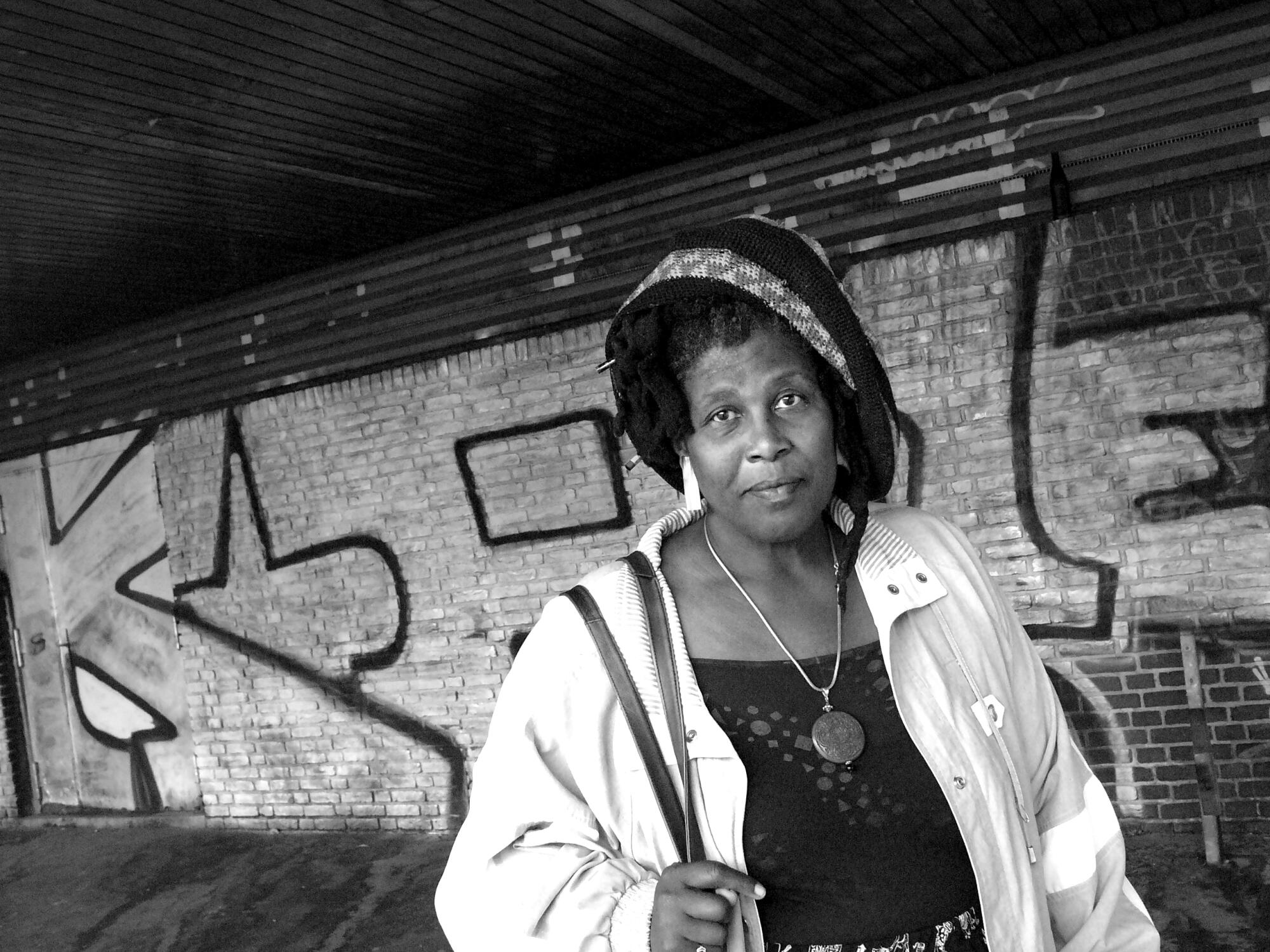
Coleman’s work, after all, reflects not only the complicated city in which she came up but also the forgotten one on which it is built. I think of Arna Bontemps recalling the Watts of his childhood in the 1931 novel “God Sends Sunday.” I think of Wallace Thurman, describing Black life at USC in “The Blacker the Berry,” published in 1929. Thurman’s novel was an inspiration for Kendrick Lamar’s 2015 song of the same name, and the colorism it portrays emerges throughout Coleman’s work as well, not least in her 2002 essay “The Riot Inside Me,” which also recalls Watts 50 years after Bontemps’ time.
What this suggests is that in Los Angeles as in any city, the weight of history is not something we can so easily escape.
Look beyond the cultural institutions of L.A. to find the places where writing movements were born. Five unexpected place histories of a literary city.
Such contradictions — particularly between exile and place — have always been here. As far back as the 19th century, we see the tension embodied by a pair of novels, Helen Hunt Jackson’s “Ramona” (1884) and María Amparo Ruiz de Burton’s “The Squatter and the Don” (1885). Each could represent a starting point for the region’s literature, yet they couldn’t be more different: the former a kind of “Uncle Tom’s Cabin” for the indigenous populations of California produced by a self-styled activist from Massachusetts; the latter, written in English by a Mexican American born in Baja California, a more nuanced representation of the state’s difficult legacies. Jackson’s book became a sentimental bestseller, influencing Mission Revival architecture and giving rise to the Ramona Pageant, an overwrought stage adaptation performed annually in Hemet to this day. Ruiz de Burton’s, on the other hand, remains less widely read, not least because of its complexities.
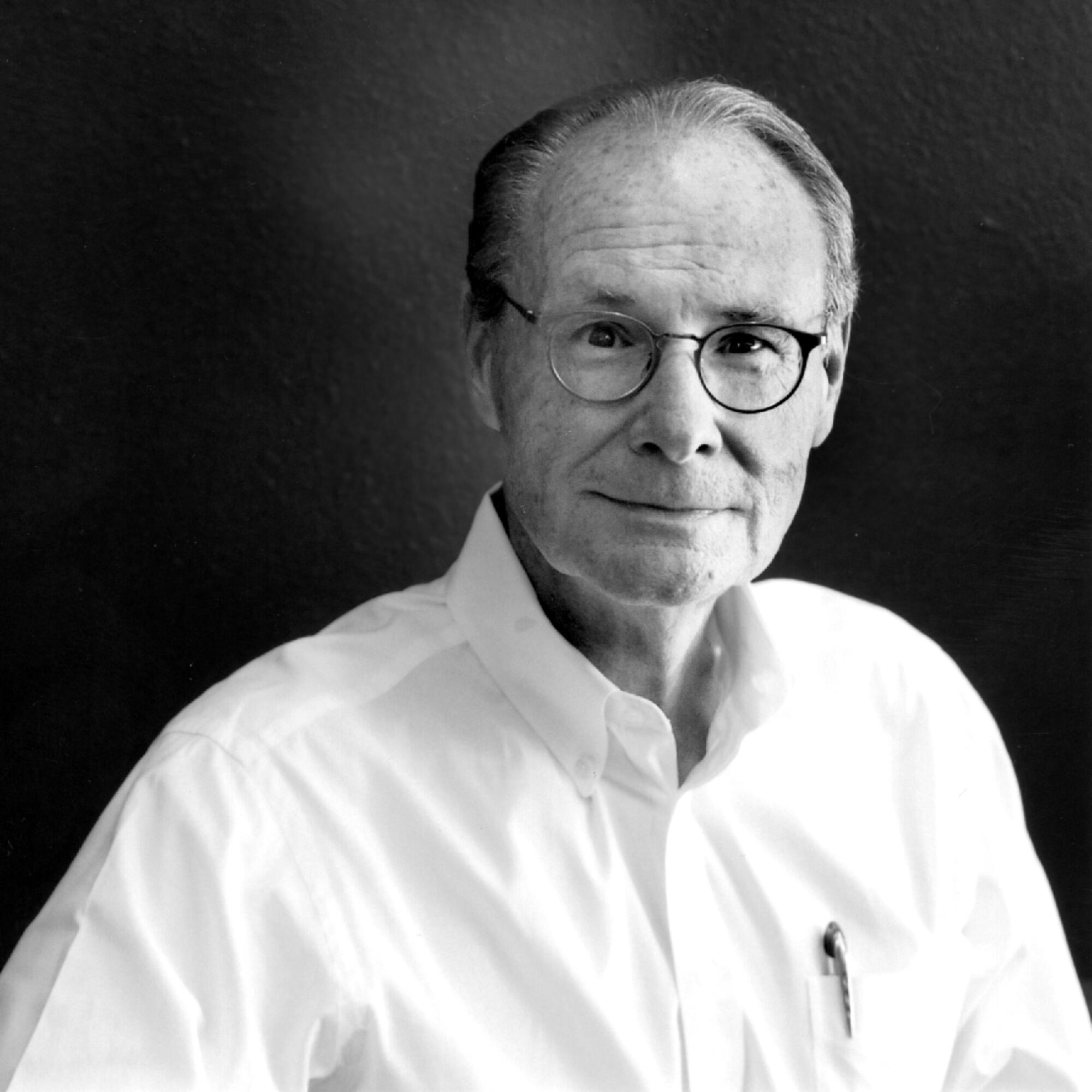
In part, this has to do with prejudice. At the same time, it highlights another set of oppositions, between mythologizers such as Jackson and those who, like Ruiz de Burton, viewed Los Angeles through the filter of what D.J. Waldie would later describe as “sacred ordinariness.” For Waldie, this means seeing the city on its own terms rather than as the expression of a false exoticism. “Sunkist ads, newsreels, movie magazines, railroad folders, and so on,” James M. Cain lamented in his 1933 essay “Paradise,” before turning to Los Angeles’ potential: “to be the leader in commerce, art, citrus production, music, rabbit breeding, oil production, furniture manufacture, walnut growing, literature” … the list goes on and on before Cain gets to his non-punchline punchline:
“In short, it is going to be a paradise on earth.”
The paradise crack is tongue-in-cheek, as befits a hard-boiled writer. Cain was also an astute observer of the city as it was — and as it remains. “Mildred Pierce” (1941), the story of a restaurateur and her destructive daughter set against the Glendale-Pasadena class divide, is as resonant a Los Angeles novel as has been written. Yet its brilliance has as much to do with how Cain brings the three-act structure of commercial melodrama into the service of art. In that, he is like his contemporary Raymond Chandler, who once insisted, “There are no vital and significant forms of art; there is only art, and precious little of that.” And like Chandler, Cain helped remake literature here as a more populist medium, an innovation so transformative it has never gone out of style.
Certainly this remains true of Los Angeles noir, which has long operated as a mirror on the city, obliterating — or disregarding — genre hierarchies. Walter Mosley’s Easy Rawlins series frames the crime novel as social fiction; Steph Cha’s “Your House Will Pay” is inspired by the 1991 convenience-store murder of 15-year-old Latasha Harlins, a crime that, along with the police beating of Rodney King, provoked the uprising of 1992. In her Ellie Rush mysteries, Naomi Hirahara incorporates the contemporary city, with its light rail and recombinant downtown — among the earliest Los Angeles fiction to do so.
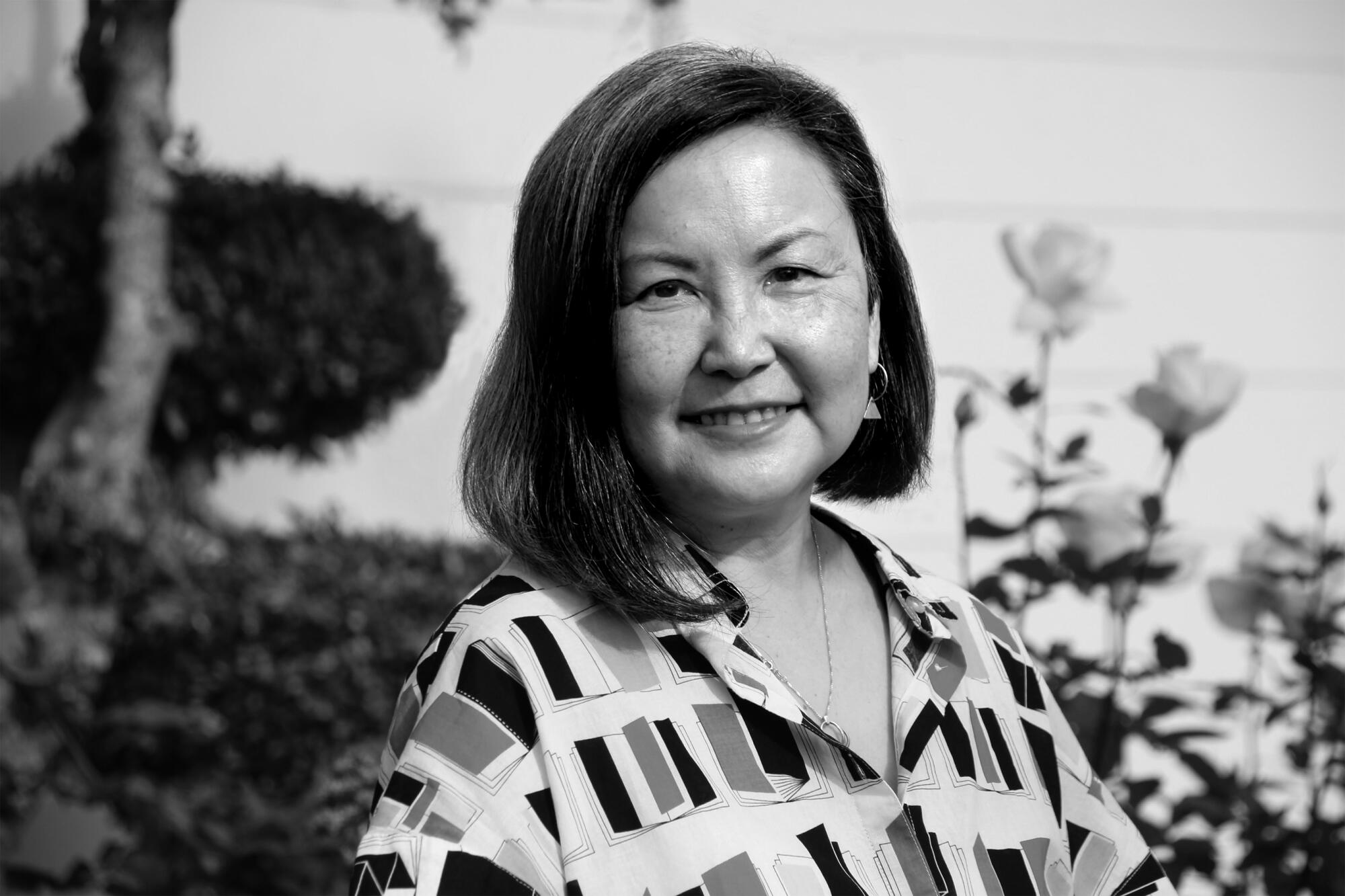
Equally important are all the instances in which noir infiltrates works that are not themselves noir. An early example is Chester Himes’ first novel, “If He Hollers Let Him Go,” published in 1945, the story of a Black San Pedro shipyard worker “shattered” by the virulent racism of Southern California; Himes was a key source of inspiration for Mosley and Coleman. More recently, works by Laila Lalami, Viet Thanh Nguyen and Percival Everett appropriate — and in Everett’s most recent novel, “The Trees,” actively satirize — the conventions of crime fiction.
A related set of movements marks Maggie Nelson’s “The Red Parts” and Myriam Gurba’s “Mean,” both of which weave true crime with bits of memoir and elements of poetry (Gurba) or theory (Nelson) to push back against our preconceptions about not only genre but also justice and redemption and loss.
Steph Cha’s ‘Your House Will Pay’ confronts the legacies of the 1992 L.A. riots
What this tells us is that Los Angeles literature is porous; everything always bleeds into everything else. Science fiction has been a touchstone since the days of Edgar Rice Burroughs and L. Frank Baum; starting in the 1930s, the Los Angeles Science Fantasy Society, with members including Ray Bradbury and Robert Heinlein, met on Thursday evenings at Clifton’s Cafeteria downtown. Bradbury wrote his 1953 story “The Pedestrian,” about a culture where walking has been criminalized, after being stopped by LAPD officers for strolling on Wilshire Boulevard.
His inheritors include Octavia E. Butler, whose story “Speech Sounds” imagines a Los Angeles disrupted by pandemic: “There was trouble aboard the Washington Boulevard bus,” it begins. Here — as in “The Pedestrian,” or Cynthia Kadohata’s 1992 novel “In the Heart of the Valley of Love,” which imagines a mid-21st century Los Angeles beset by division and climate change — we see the future through the lens of the present, which only makes it more resonant.
Not only that, but as with noir, the mashups reverberate both ways. Kadohata’s book comes positioned not as science fiction but as a realist novel despite its futuristic setting. The same holds for Steve Erickson, whose work blends the phantasmagoric — in “Our Ecstatic Days,” a lake appears at the corner of Laurel Canyon and Hollywood boulevards — with the stuff of daily life. Both Sesshu Foster’s “ELADATL,” the steampunk alternate history of an aerial transit line, and Charles Yu’s metafictional “How to Live Safely in a Science Fictional Universe” play with (and against) genre tropes in favor of something that cannot quite be classified. Carribean Fragoza’s debut collection of stories, “Eat the Mouth That Feeds You,” walks the line between naturalism, magical realism and fantasy.
It’s impossible to ignore the influence of Hollywood on some of this, although I resist that as a metaphor. Of the writers who came to write for the movies, how many tried to understand the place? Maybe Nathanael West, whose “The Day of the Locust” (1939) recasts the Hollywood novel as apocalyptic — “just as,” to borrow a phrase from Joan Didion, “we had always known it would be in the end.” Maybe Evelyn Waugh, who understood the thanatotic impulse of celebrity well enough to frame his 1948 novel “The Loved One” through the lens of death. Maybe Yu, whose novel “Interior Chinatown” grew out of his experience writing for “Westworld” (and won a 2020 National Book Award). Popular culture, literary culture. Literature of exile, literature of place. Didion too worked as a screenwriter, but she mostly left the subject of the movie business to her husband.
Carribean Fragoza’s “Eat the Mouth That Feeds You” is a debut story collection ripe with surrealism but grounded in the soil of Latina experience.
In the end, I want to argue, it all comes back to poetry. Los Angeles, the city’s former poet laureate Luis J. Rodriguez once told me, “is a great poetry town.” He’s right, as even the briefest roster of Southern California poets will attest. Coleman, Lynne Thompson, Eloise Klein Healy, Amy Gerstler, Douglas Kearney. Robin Coste Lewis, Victoria Chang, David St. John, Harryette Mullen, Kamau Daáood. Their work evokes Los Angeles as a psychic landscape but also as a physical one.
The idea is not to do what is expected. The idea is to make work as fluid — unpredictable — as the city itself. “cruising Hollywood to Watts take Virgil to Beverly down Commonwealth to Wilshire to Hoover south to 23rd to Figueroa south to 54th east to Avalon south to 103rd — 30 minutes as the soul flies,” Coleman writes in “Angel Baby Blues,” a poem that is, by turns, memory play and map. Here, as in so much of her writing, she shows us the way.
Ulin is the former book editor and book critic of The Times.
More to Read
Sign up for our Book Club newsletter
Get the latest news, events and more from the Los Angeles Times Book Club, and help us get L.A. reading and talking.
You may occasionally receive promotional content from the Los Angeles Times.

